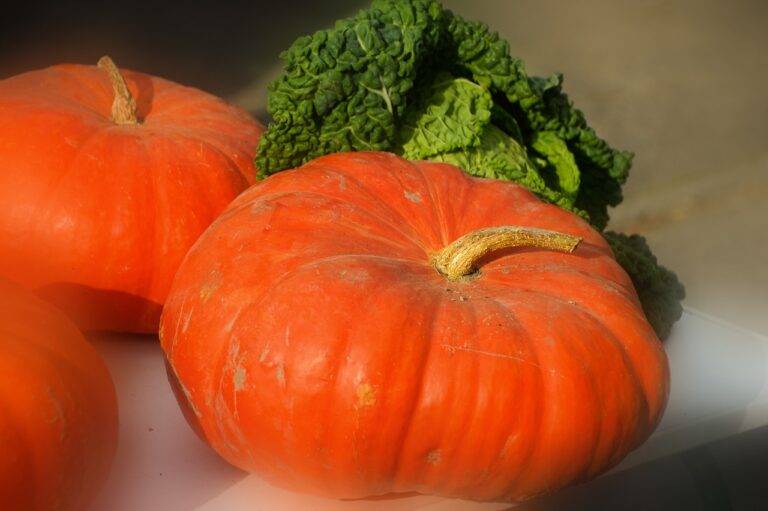The Role of Bees in Carbon Sequestration: 11xplaylogin, King567 sign up, Skyinplay
11xplaylogin, king567 sign up, skyinplay: Bees play a crucial role in our ecosystem, not only in pollinating flowers but also in helping to sequester carbon dioxide from the atmosphere. Carbon sequestration is the process by which carbon dioxide is removed from the atmosphere and stored in plants, soil, and other natural sources. Bees help to facilitate this process by pollinating plants that capture and store carbon dioxide, ensuring that it is not released back into the atmosphere.
Pollination and Carbon Sequestration
One of the main ways that bees contribute to carbon sequestration is through their role in pollination. Bees are essential pollinators for many plants, including fruits, vegetables, and flowers. When bees visit a flower to collect nectar and pollen, they inadvertently transfer pollen from one flower to another, enabling the plants to reproduce and produce fruits and seeds.
Plants use carbon dioxide from the atmosphere during photosynthesis to produce energy and grow. By pollinating plants, bees help them to thrive and grow, which means they can continue to absorb carbon dioxide from the atmosphere. This process not only benefits the plants but also helps to reduce the amount of carbon dioxide in the atmosphere, thereby mitigating climate change.
The Role of Bees in Agriculture
In addition to their role in pollination, bees also play a crucial role in agriculture. Many crops rely on bees for pollination, including almonds, apples, and blueberries. Without bees, many of these crops would not be able to produce fruit, leading to a significant loss in agricultural productivity.
By ensuring that crops are pollinated, bees help to increase crop yields and improve the quality of fruits and vegetables. This is essential for food security and for maintaining a healthy and diverse diet. In turn, healthy crops contribute to carbon sequestration by capturing more carbon dioxide from the atmosphere.
Protecting Bee Populations
Unfortunately, bee populations around the world are facing numerous threats, including habitat loss, pesticide use, and climate change. These factors have led to a decline in bee populations, which could have devastating consequences for agriculture and the environment.
To protect bee populations and ensure their continued role in carbon sequestration, it is essential to take action to preserve their habitats, reduce the use of harmful pesticides, and address the impacts of climate change. By protecting bees, we can help to safeguard biodiversity, promote sustainable agriculture, and mitigate climate change.
FAQs
Q: How do bees help to sequester carbon dioxide?
A: Bees facilitate carbon sequestration by pollinating plants that capture and store carbon dioxide from the atmosphere.
Q: Why is carbon sequestration important?
A: Carbon sequestration is important for mitigating climate change by removing carbon dioxide from the atmosphere and storing it in natural sources.
Q: What are the main threats to bee populations?
A: Bee populations are threatened by habitat loss, pesticide use, and climate change, among other factors.
Q: How can we protect bee populations?
A: We can protect bee populations by preserving their habitats, reducing pesticide use, and addressing the impacts of climate change.







